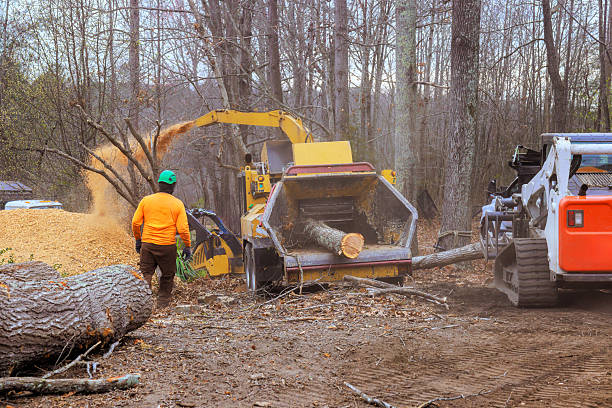Remodeling a bathroom can make your home more comfortable, increase its value, and improve accessibility—but it can also be expensive. For homeowners on a budget, grants can help cover part or all of the costs. Whether you’re upgrading for style, safety, or energy efficiency, here’s how to find and secure financial assistance for your bathroom renovation.
Understand What Bathroom Remodel Grants Cover
Grants for bathroom remodels are typically offered to help homeowners improve safety, accessibility, or efficiency. Depending on the program, funds may be used for:
- Installing walk-in showers or tubs for seniors or individuals with disabilities.
- Upgrading plumbing fixtures to conserve water.
- Improving ventilation to prevent mold and mildew.
- Replacing flooring or adding slip-resistant surfaces.
Unlike loans, grants generally do not have to be repaid, but they often come with eligibility requirements.
Check Federal Grant Programs
The U.S. government offers several programs that can help with bathroom renovations, especially if they involve safety or accessibility improvements.
- HUD’s Home Investment Partnerships Program (HOME) – Funds distributed through local agencies to assist low-income homeowners.
- USDA Rural Development Grants – Available to homeowners in eligible rural areas for repairs and upgrades.
- VA Specially Adapted Housing Grants – For veterans needing home modifications due to service-related disabilities.
Explore State and Local Assistance
Many state housing agencies, county offices, and city governments have programs to help residents make home improvements.
- Contact your local housing authority or community development office.
- Check your city’s official website for housing repair grants or home improvement programs.
- Look for programs aimed at energy efficiency upgrades—these sometimes cover low-flow toilets, water-saving showerheads, and other bathroom fixtures.
Research Nonprofit and Charitable Organizations
Nonprofit groups sometimes provide financial aid or even free labor for home renovations.
- Rebuilding Together – Offers home repairs for low-income homeowners, seniors, and veterans.
- Habitat for Humanity – May assist with critical repairs and accessibility upgrades.
- Area Agencies on Aging – Often have programs to help seniors make safety modifications.
Prepare Your Application
To improve your chances of receiving a grant, be ready with the necessary documentation:
- Proof of income to show financial need.
- Proof of homeownership (deed or mortgage statement).
- A detailed description of the planned remodel and how it meets the program’s goals.
- Estimates or quotes from licensed contractors.
Some grants may also require an inspection before and after the remodel.
Combine Grants with Other Funding
While a single grant might not cover the entire cost, you can combine multiple sources of assistance:
- Pair a small grant with low-interest home improvement loans.
- Use rebates from utility companies for installing energy-efficient fixtures.
- Apply for tax credits if your remodel includes qualifying upgrades.
Be Persistent and Follow Up
Grant funding is often limited, so competition can be high.
- Apply as early as possible.
- Follow up on your application status.
- Keep searching for other opportunities if your first choice doesn’t work out.
Bottom Line:
Bathroom remodel grants can make a big difference in affordability, especially for projects that improve safety, accessibility, or efficiency. By researching government programs, state and local assistance, and nonprofit resources, you can find funding to help bring your renovation plans to life—without draining your savings. With the right approach, your dream bathroom could be closer than you think.








